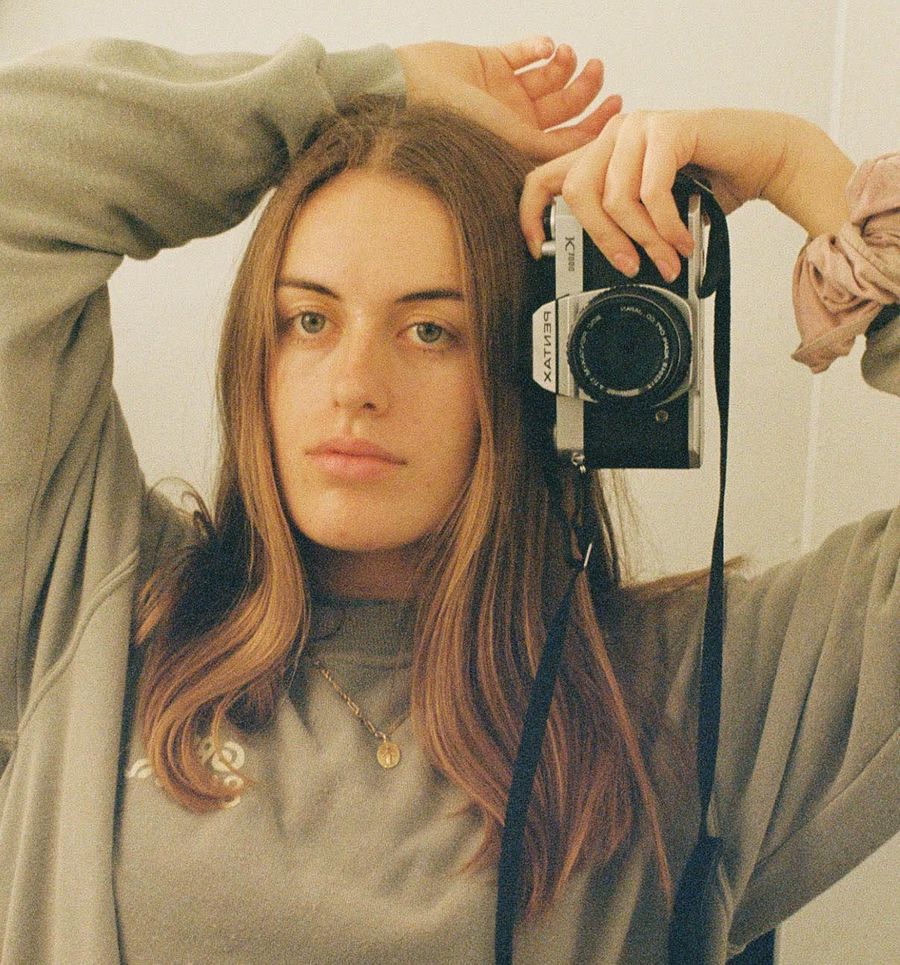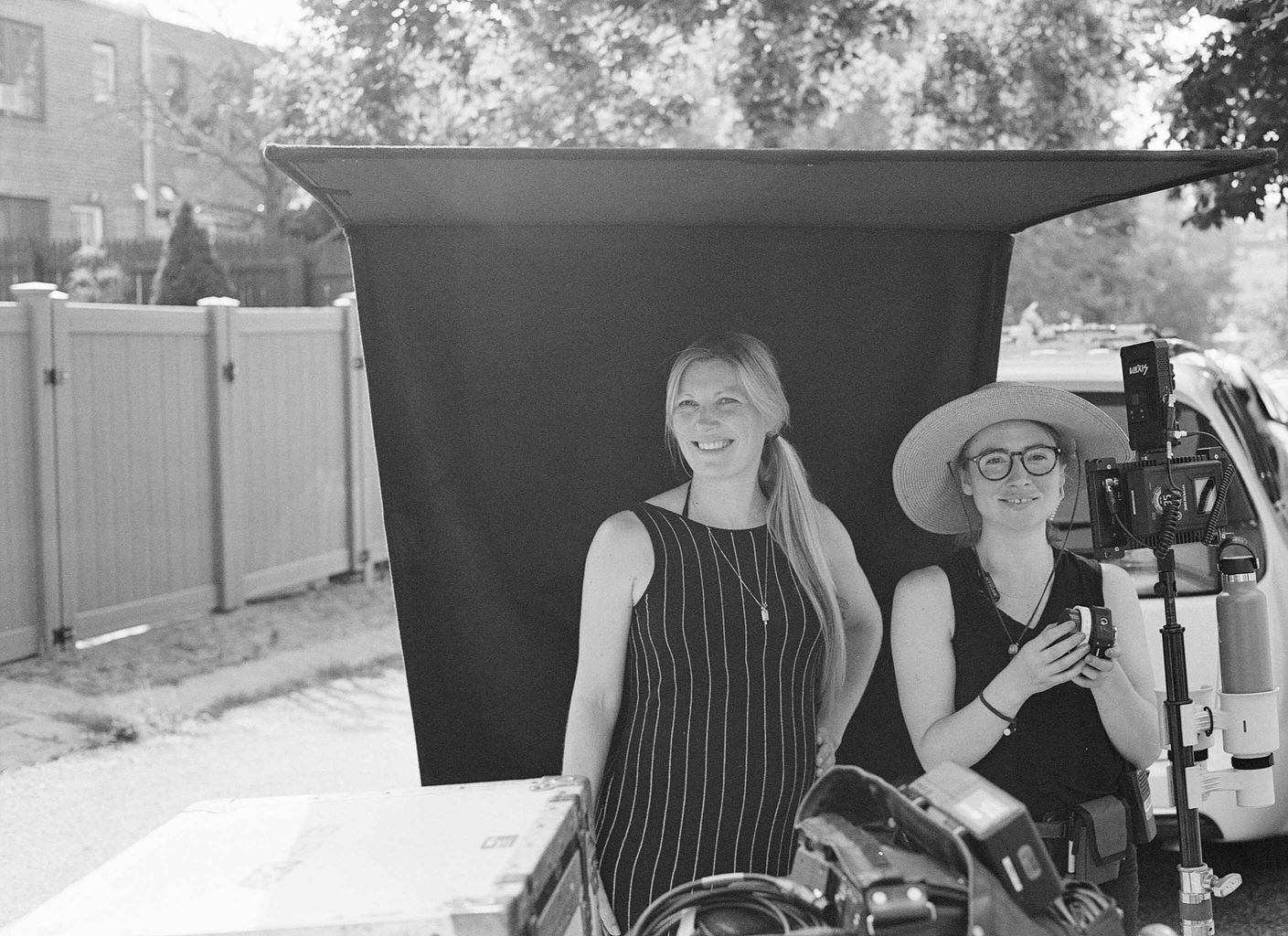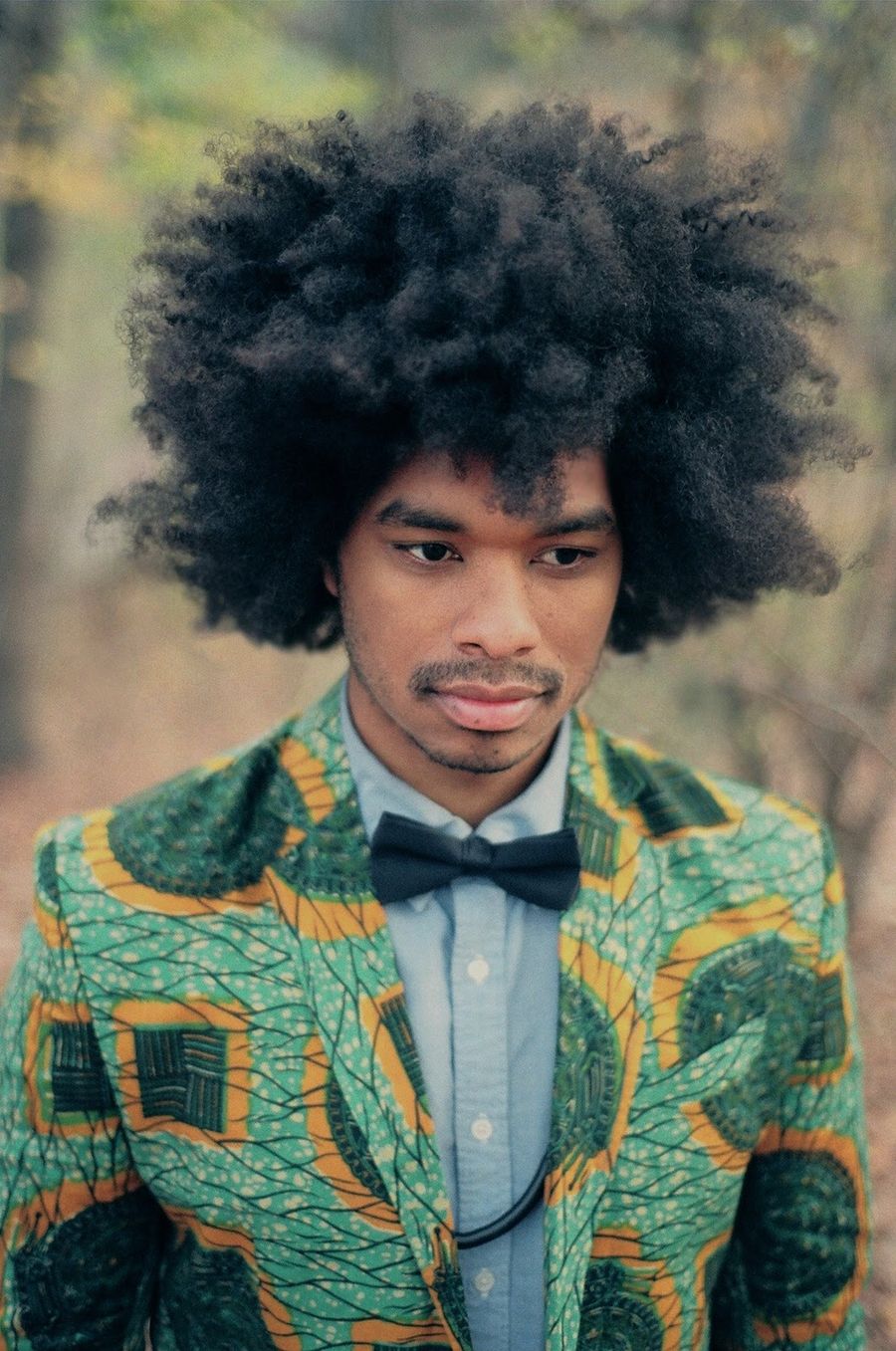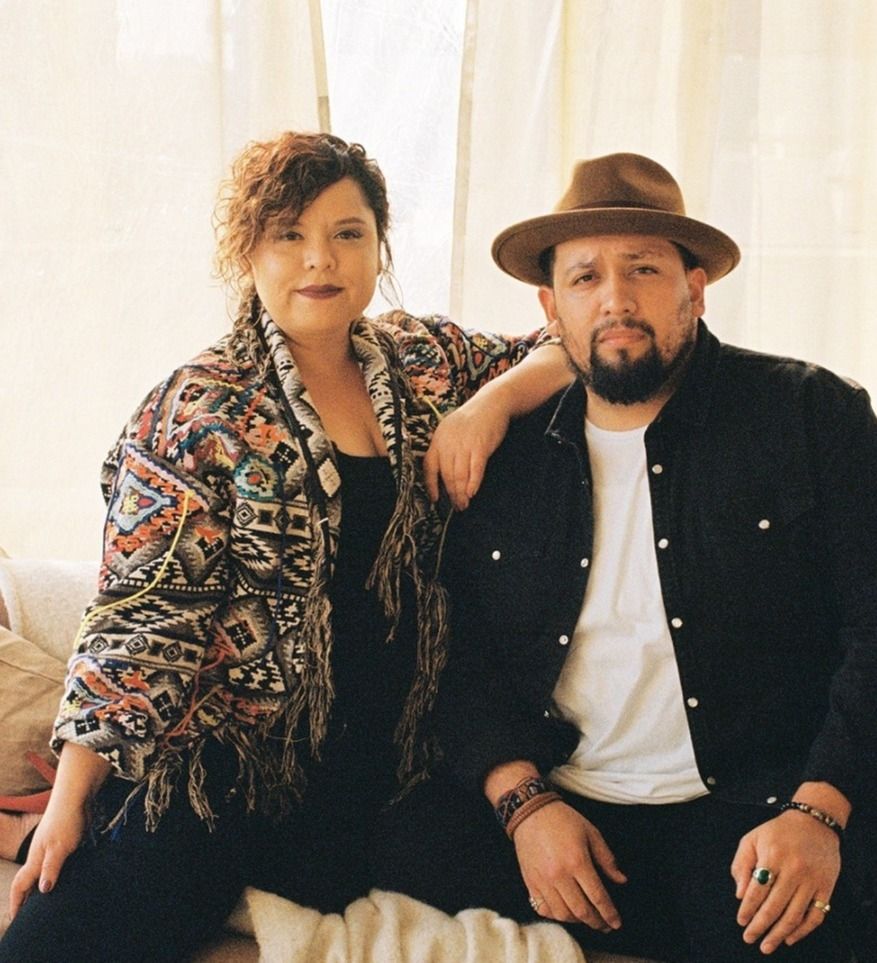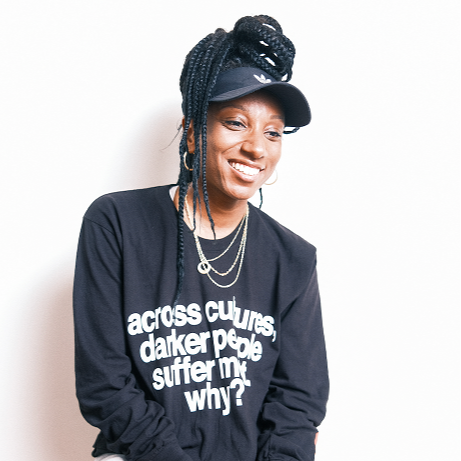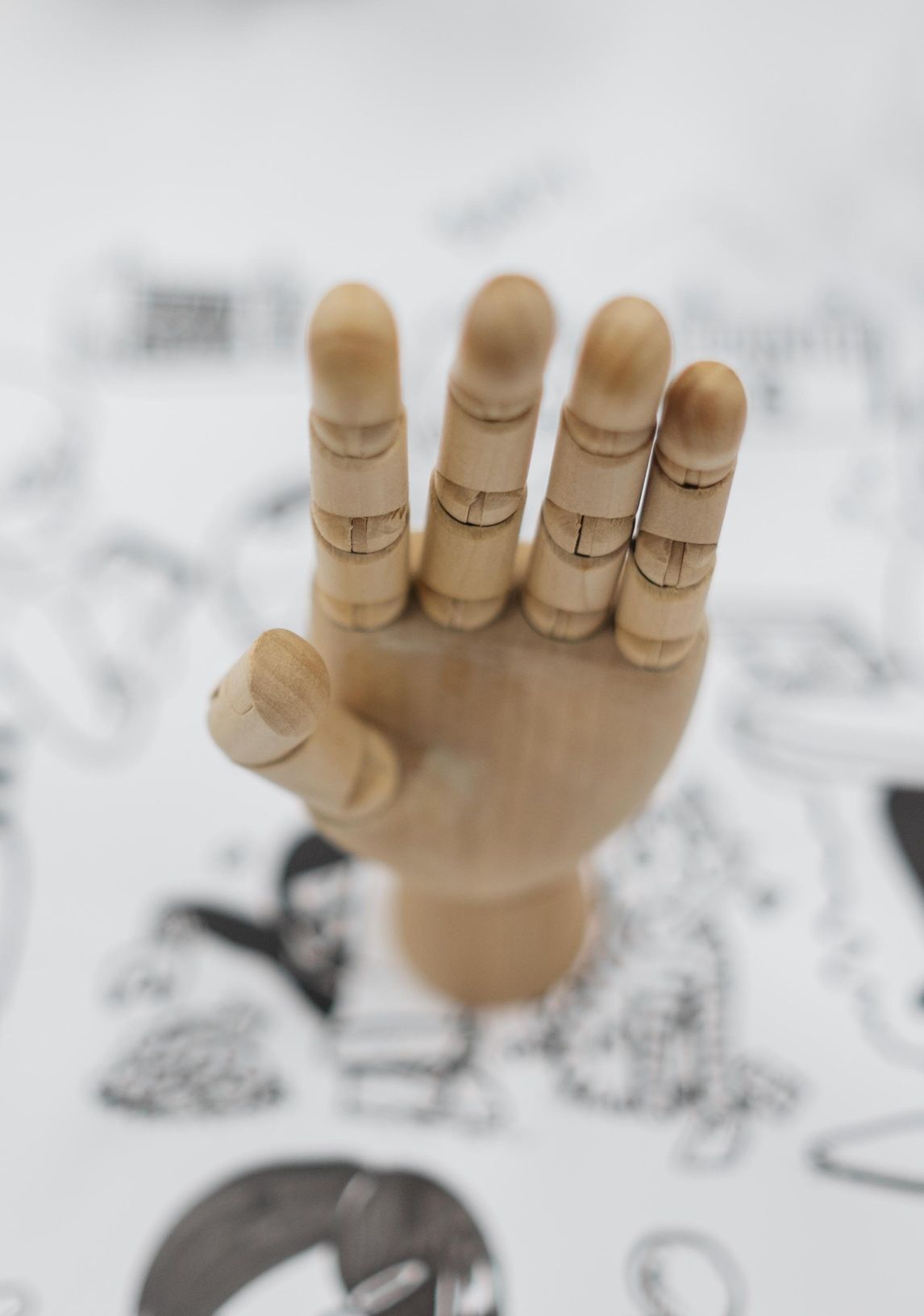Photo Courtesy of Alisha Wehterill
Pulling Focus is a FTW interview series that spotlights established creatives who are making brave new career pivots with recent work.
For most of her creative life, Elvira Lind has been behind the the lens compassionately capturing true stories as a documentary filmmaker. Her debut feature, Songs for Alexis, observes two young lovebirds navigating a long distance relationship and challenging views on gender identity in the modern age. While her sophomore feature, Bobbi Jenne, explores the life of a famous dancer fighting for her own creative and personal independence.
Despite her prolific doc work, a story that couldn't simply be told in its raw form kept circulating in her head: a dark prison comedy about the secret life of a correctional officer trying to bring humanity to the prison system. When he gets transferred to a job in the letter room, he finds himself a little too involved in the private lives of the inmates.
Far along in her second pregnancy, and with the support of an incredible team of collaborators, Elvira took on the challenge of writing and directing her first narrative short, "The Letter Room." The film stars Oscar Isaac and Alia Shawkat, and has had an all-star festival run, screening at Telluride, Tribeca, and the Palm Springs International Film Festival.
Here, Elvira reflects on the joys and challenges of creating your first short film—putting empathy first, reshaping the tropes around pregnancy, and screening in the COVID era.
FTW: How did you become a filmmaker?
Elvira Lind: I’ve always loved film. I was very drawn to documentaries because it felt like you were entering something that was really happening. You opened a door and were already inside the film. You’re just trying to keep up with what’s being thrown at you. As opposed to fiction where you have to conjure it up from nowhere. I loved imagining and writing stories when I was little, but I didn’t have the confidence to pursue it.
I didn’t come from a family of filmmakers. And I came from a time when people had a little shitty camcorder that you borrowed from someone’s uncle, and buying film was expensive. Things opened up and changed a lot when cameras became more accessible.
I could only afford one year of film school in Cape Town, where I met some amazing people and learned about so many different ways of storytelling. I came back to Denmark and found myself working for free a lot for other filmmakers while doing a side job. The paid work was very hard to get, but I’d rather work for free with filmmakers that I loved and have more responsibilities than have access to nothing. It wasn’t easy to find my way in, but it’s so worth it.
And now you live in New York. How does this global background affect your general filmmaking style and approach?
I definitely bring a lot of Danish documentary traditions with me and hold it very dear. There are a lot of kick ass female documentary filmmakers in Denmark that have taught me a lot. There’s a good support system for women there. It’s an incredibly privileged place in that there’s funding from the government to make films. You can make things that, in my opinion, are often far more interesting because it’s not reliant on how it’s going to make money in the box office.
You’ve shot many of your documentaries in the past. So what was it like this time to be working with a cinematographer?
I always wanted to work with a cinematographer on my documentaries; we just couldn’t afford it. Now for “The Letter Room”, I worked with Sam Chase, who has got such a brilliant eye and it was wonderful to have someone to work with on composing the look of the film because I’m usually doing it by myself. It is kind of like a marriage. I work with the same editor on all my projects as well. You enter this symbiotic sort of dance together. For me, it also means you have to fight about things and disagree and then make up and hear each other out. My editor, Adam Nielsen, is the kind of guy who just comes up with genius ideas while in the shower or on the way home from work on his bicycle. You have to find these key people in your life where you can bounce ideas back and forth with.
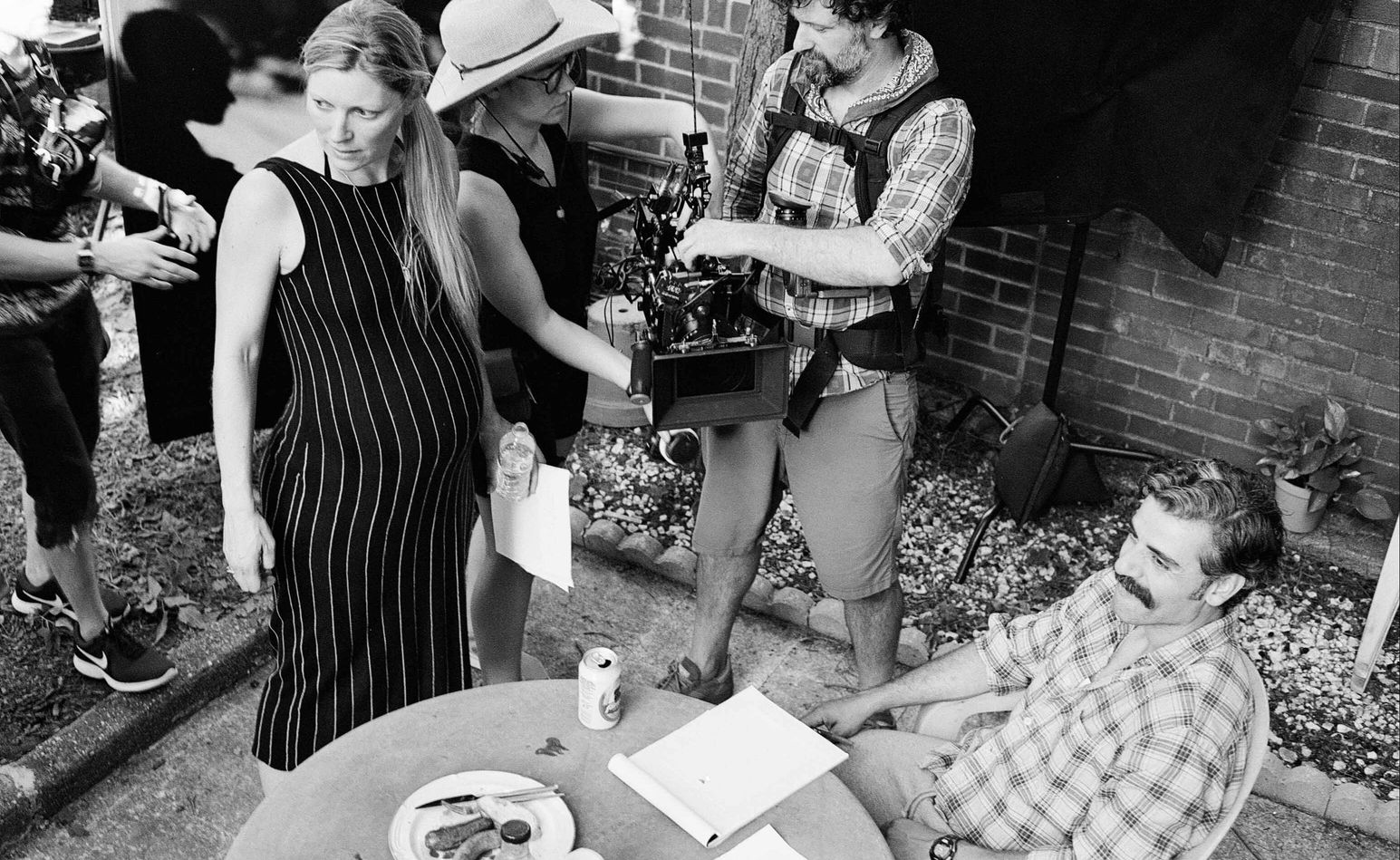
Where did the idea for “The Letter Room” come from?
It was a story that was brewing in my head for a long time, but I wasn’t sure how to put a narrative film together. I just started to write it down and then it kept developing.
There was a podcast that I listened to that really inspired me. It told the story of different men who were all unknowingly writing love letters to the same woman. She started to ask for money and help with rent, but the letters she wrote were so wonderful and all these men were very in love with her. These very lonely men felt like magic had entered their lives. They all eventually found out that the woman was actually a man writing to different people trying to get their money. They were all heartbroken, but one of the men said that the worst part was losing these letters and that the fantasy was gone. He wished they could just keep writing to each other. So much of life is fantasy and trying to live through other people’s lives. I’m very drawn to stories of loneliness and bottled up feelings.
And then I am firmly against the American prison system. It’s heartbreaking, frustrating, and I can’t make sense of it. How do you even begin to explain this system to a child?
It’s a society that doesn’t care about humanity. I wanted to show the monotony, the repetition, the sadness. I don’t see the bigger goal or purpose of locking people away for countless years and taking away all the things that makes you feel human, that makes life joyous. I really believe that we can all change and this system teaches people nothing. “The Letter Room'' is the combination of these two concepts that I’m very passionate about.
And then I got pregnant for the second time and I hadn’t made a film between the two. It was a crazy feeling to be taken over again by pregnancy. A wonderful friend of mine, Sofia Sondervan-Bild, came to me and said, “I think you should make this film and I’ll make it with you.” Initially, I freaked out and thought I didn’t know how to do fiction and doubted how I could make a film in a prison, but she inspired me and told me to do it. She’s just one of these incredibly powerful people that you want to go on an adventure with. She made me feel like my pregnancy wasn’t going to stand in the way of me making this film. We ended up shooting while I was far along in my pregnancy in a prison in the middle of a summer heat wave. It was crazy, but it was the best thing that I could’ve done at the time.
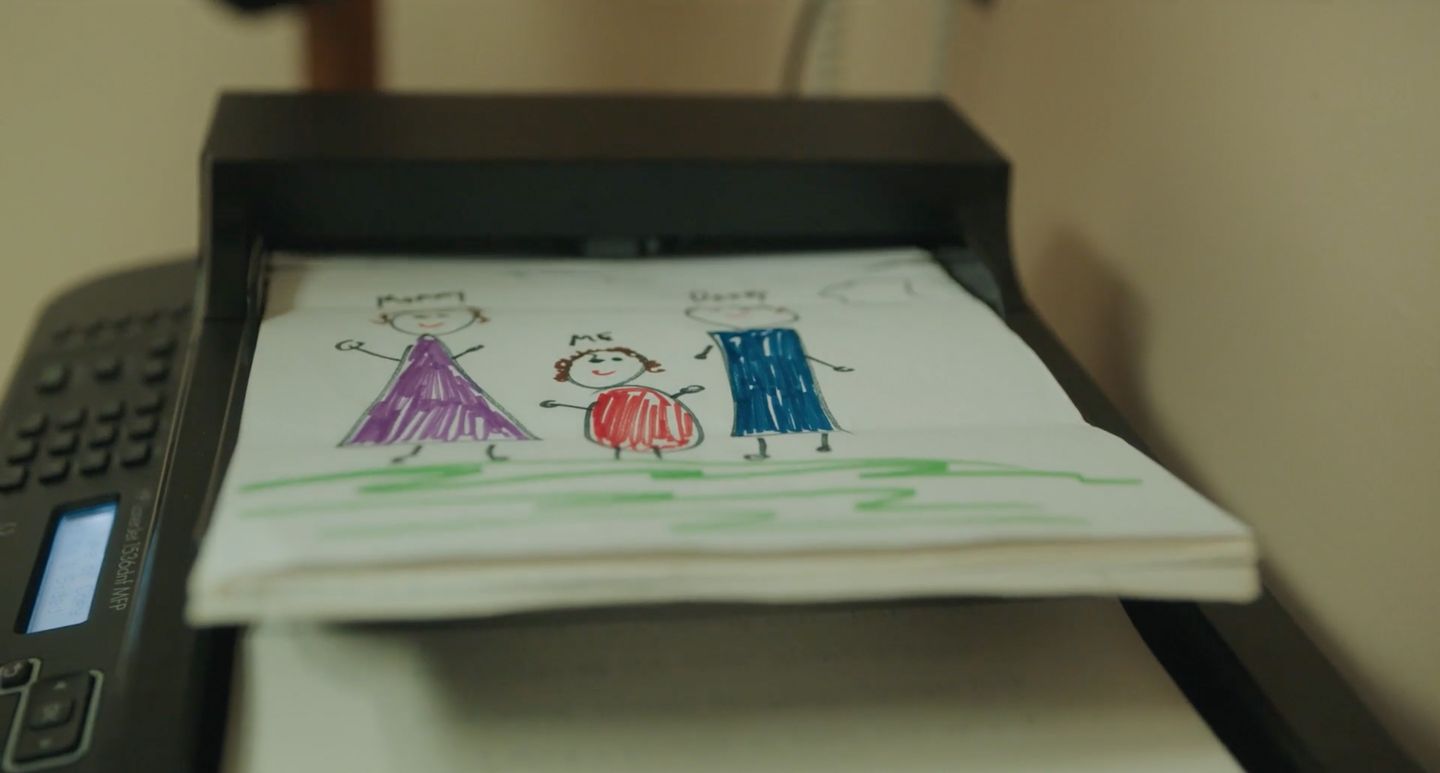
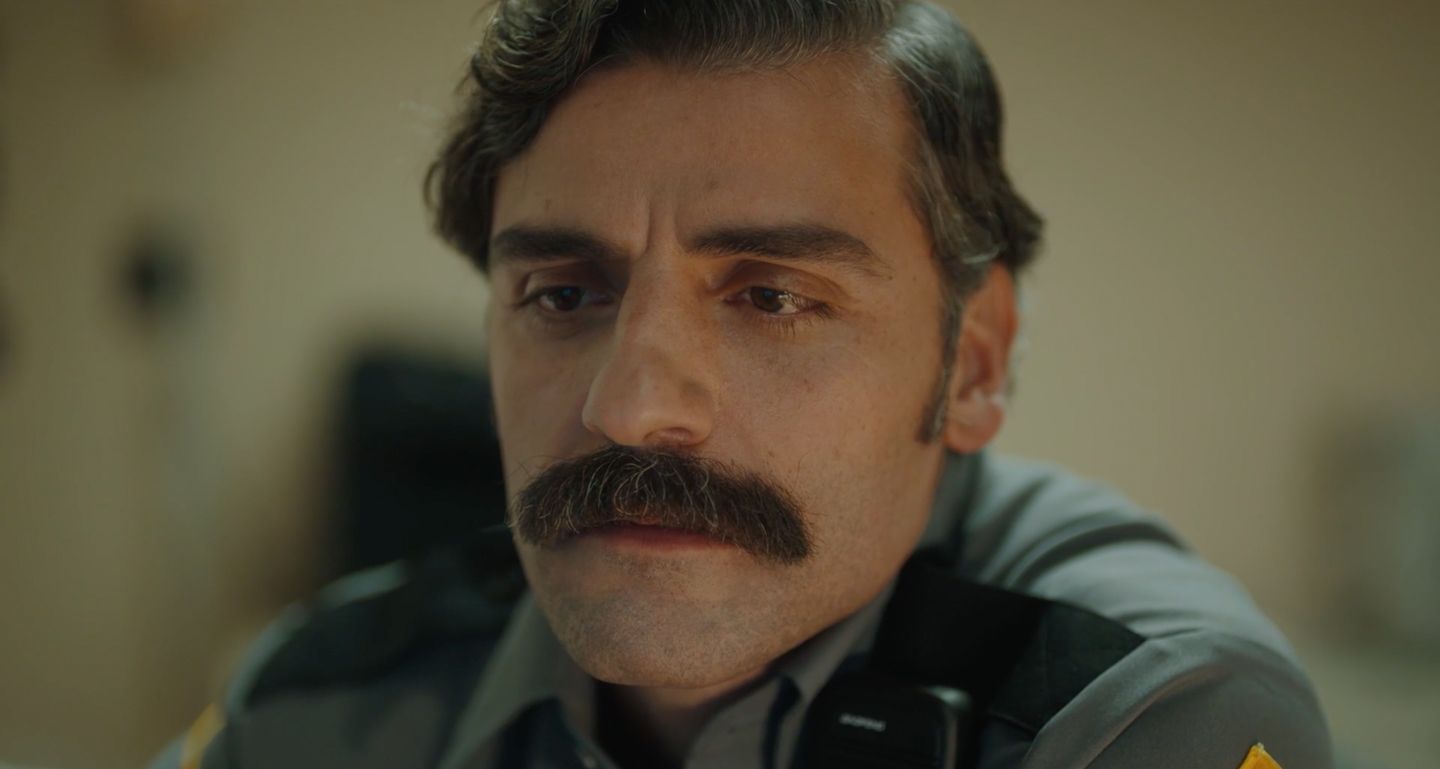
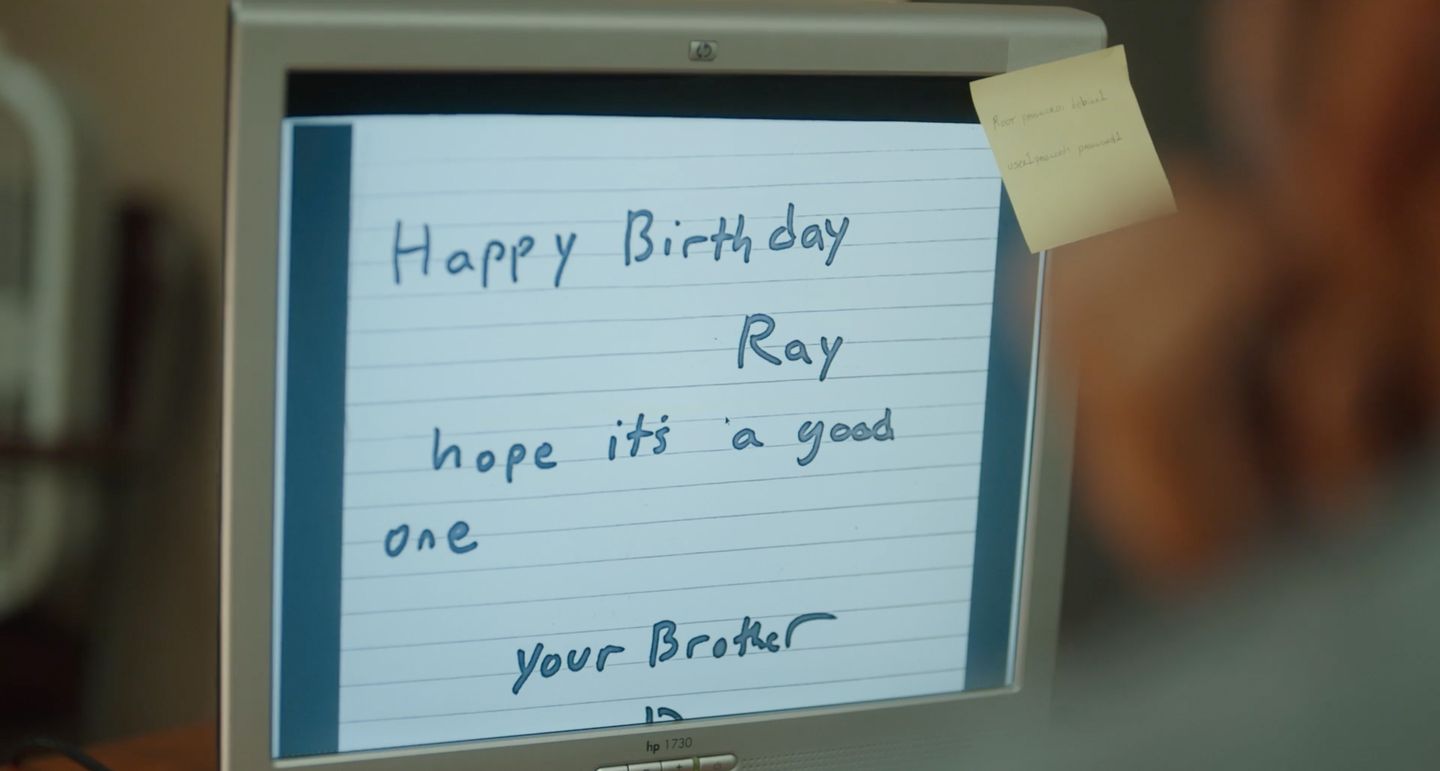
When you were directing on set at that stage of pregnancy, did you feel like you were reshaping tropes of what women are capable of?
It was insane. The funny thing was that the crew was like, “we can’t complain that we are tired because she is extremely pregnant and still running around.” I was so high off of that experience. When we finished, I collapsed. I fell straight onto the couch and then I have a two and a half year old screaming my name. That was more work for me than directing the short. I edited the film right before I gave birth actually, and then I gave birth and did sound right after. I was pumping breast milk in the corner in the darkness during the sound edit.
I’ve learned a lot from surpassing whatever I thought was physically possible with being pregnant. I learned that being in a creative process gives you so much energy that it allows you to be in whatever shape, size, form, mental space you can. People are ready to give you their support, if you choose the right people. I’m really grateful that I chose such wonderful collaborators who supported me through it all. Even when people were questioning my choice to direct a film while being pregnant in a prison. Why not? Women get pregnant and then we still need to be supported so that we can continue to make the things we want to do.
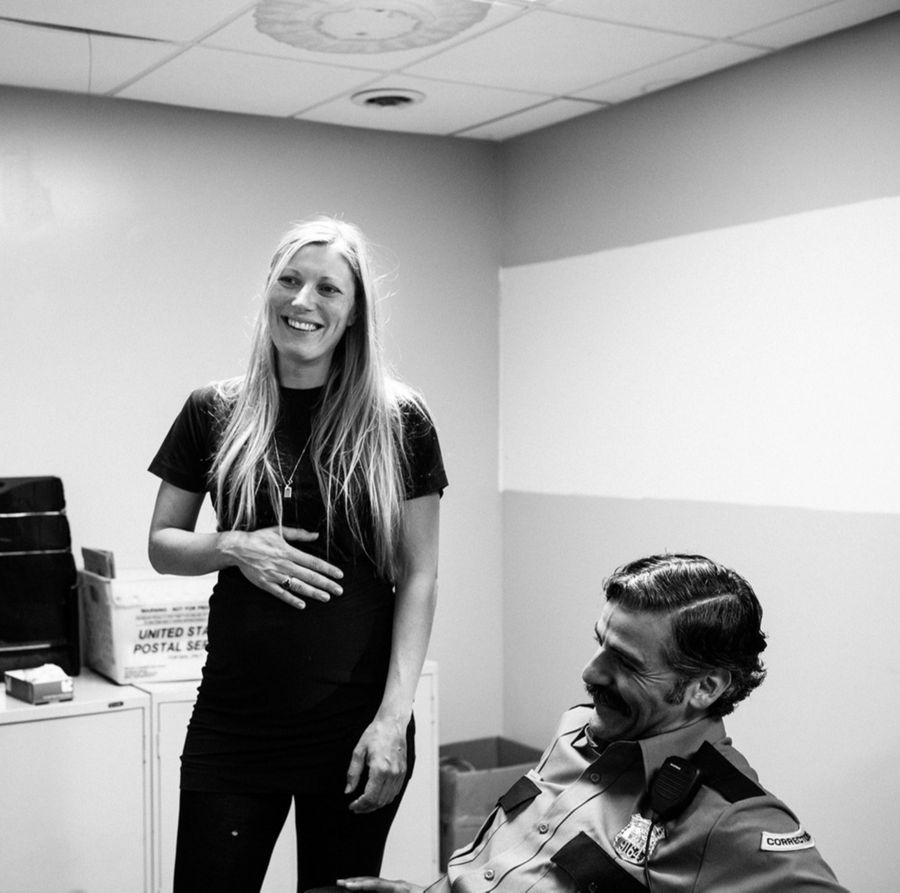
What was your experience with getting “The Letter Room” funded?
It’s really hard, let’s be honest. There aren’t a lot of people sitting around waiting to fund a short film. We ended up working with Topic, which is a part of First Look Media. They are just incredible and really support filmmakers with whatever their vision is. I’ve had great experiences and some really bad experiences with funding, so I know this was an ideal scenario.
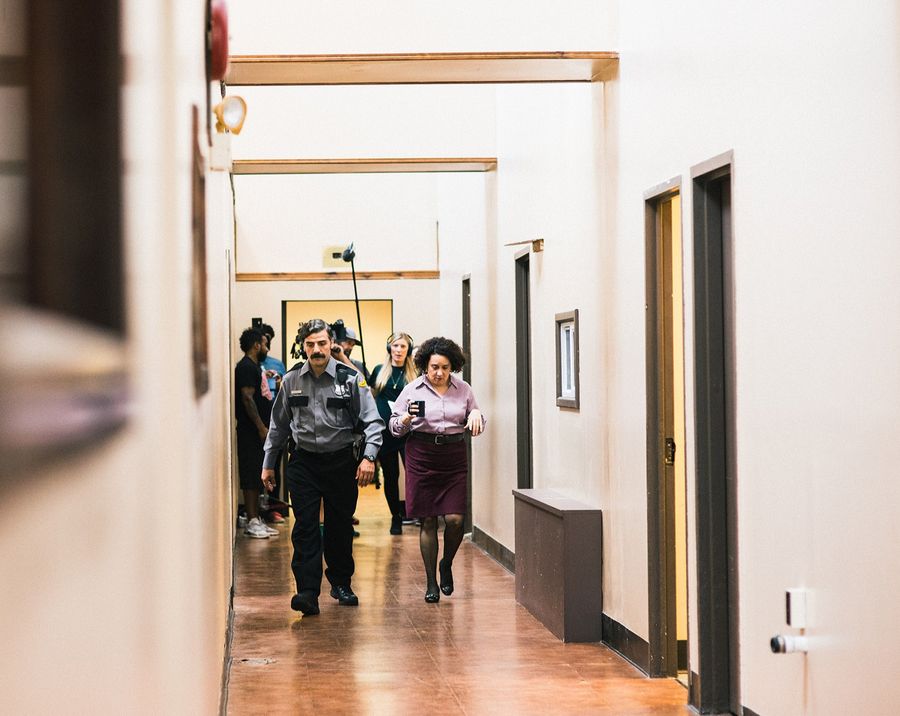
Having a short that is over 30 minutes long seems like a feat. At what stage in the process did you know this was going to be a longer piece? And how did that decision affect the shoot in both positive and difficult ways?
It was way too long at first, and when I shortened it, it was still 32 minutes. We could only afford five days of shooting, and a lot of it is shot on active prison grounds, which have an insane amount of protocol. We almost used everything we shot.
I’m not used to being able to have different angles to choose from in my doc work, so I think I just knew exactly what I wanted. I know that my producers were worried that I wasn’t getting enough, but to me, I was like, I’m getting double of what I usually get on a documentary! Everyone was quietly concerned, but everything worked out when we got to the edit.
The short’s length hasn’t done any favors for me so far, but you need to breathe as an audience, you need to pace it out. If I cut out certain minutes, it would’ve felt rushed and you wouldn’t have believed the arcs that the characters had.
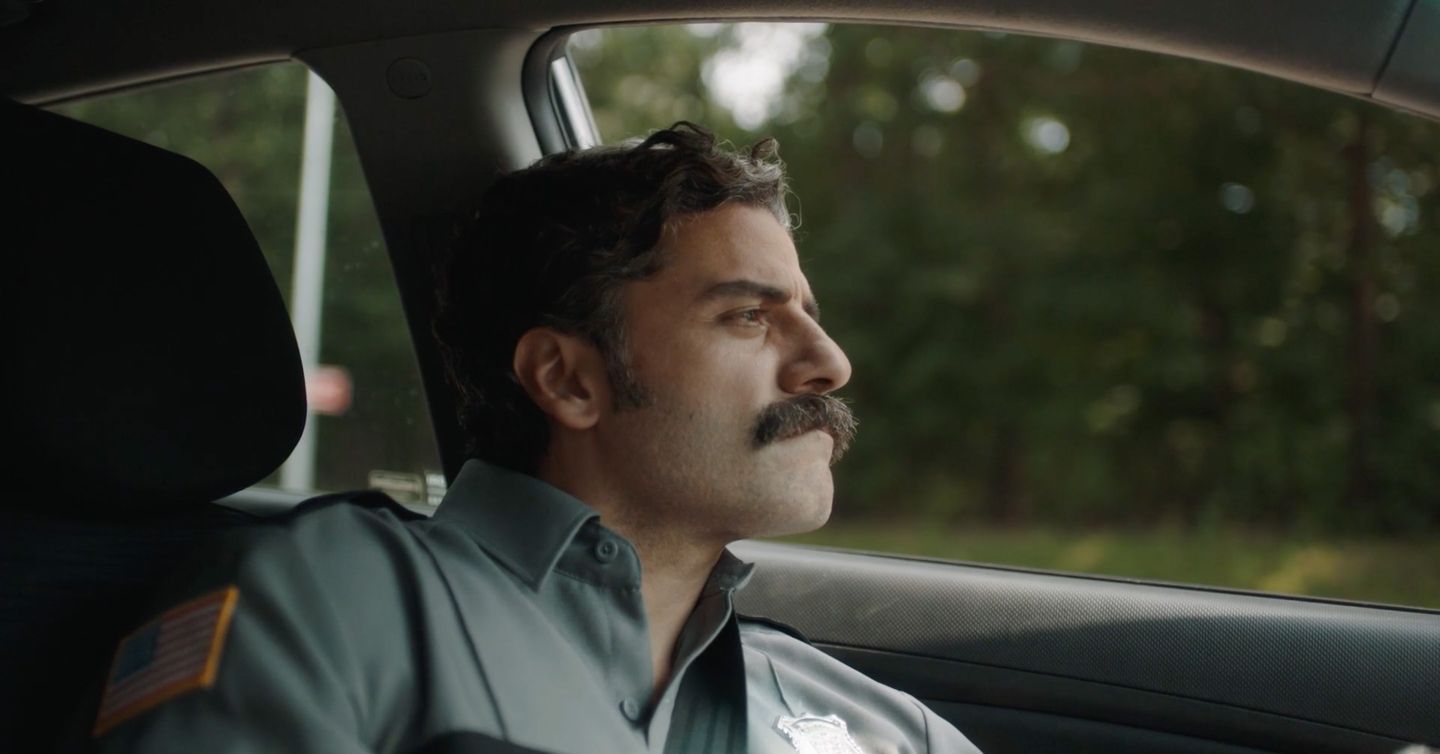
I loved the concept of placing a very empathetic character in a setting that is contrary to that personality type. You included so many details that made the world feel so three dimensional and cared for. Can you talk about those decisions to create that feeling?
It means so much to me that it made you feel that way. What frustrates me about the prison system is that it lacks any empathy or understanding of human nature and nurture and who we are. What we need to become better people. It takes all of that away.
I spoke to people who have spent a lot of time in prison and they told me that you have to hide your feelings and that showing any signs of weakness will be a disaster. It’s the worst possible scenario you can imagine yourself in. Being robbed of every privacy, anything that makes you happy, anything that makes you feel like yourself. I imagined the character of a caregiver in this setting who wants to help and finds a silly way to do so. I was very inspired by that story of the love letters that I talked about earlier. What does it mean to lie if you’re making someone else happy?
It’s the morning of your first day of the shoot — how do you feel?
I was very nervous. I had never said ‘action’ before. I’ve been on a lot of sets, but I didn’t want to seem like I didn’t know what I was doing, but it’s also okay not to know. Mistakes are going to happen, and sometimes they become gifts. At the same time, I was very excited. You come in and there are all these people there with you who are there to make this thing you’ve written come to life.

What are some things you would do on set to create a safe space and vulnerable environment?
We did everything we could to make the set a safe space. It was very difficult and stressful to shoot in an active prison, but we made sure to actively ask our crew if everyone’s feeling okay and if we can do anything to make the situation better. I’m very vulnerable and encourage all of my crew to be vulnerable with me. Mistakes are welcome.
It's a short film, people come and work on this not because they’re making a million dollars, but because they want to be there and are being incredibly generous with their time and energy. It was such a good environment that even when challenging things came up, it was still a lot of fun.

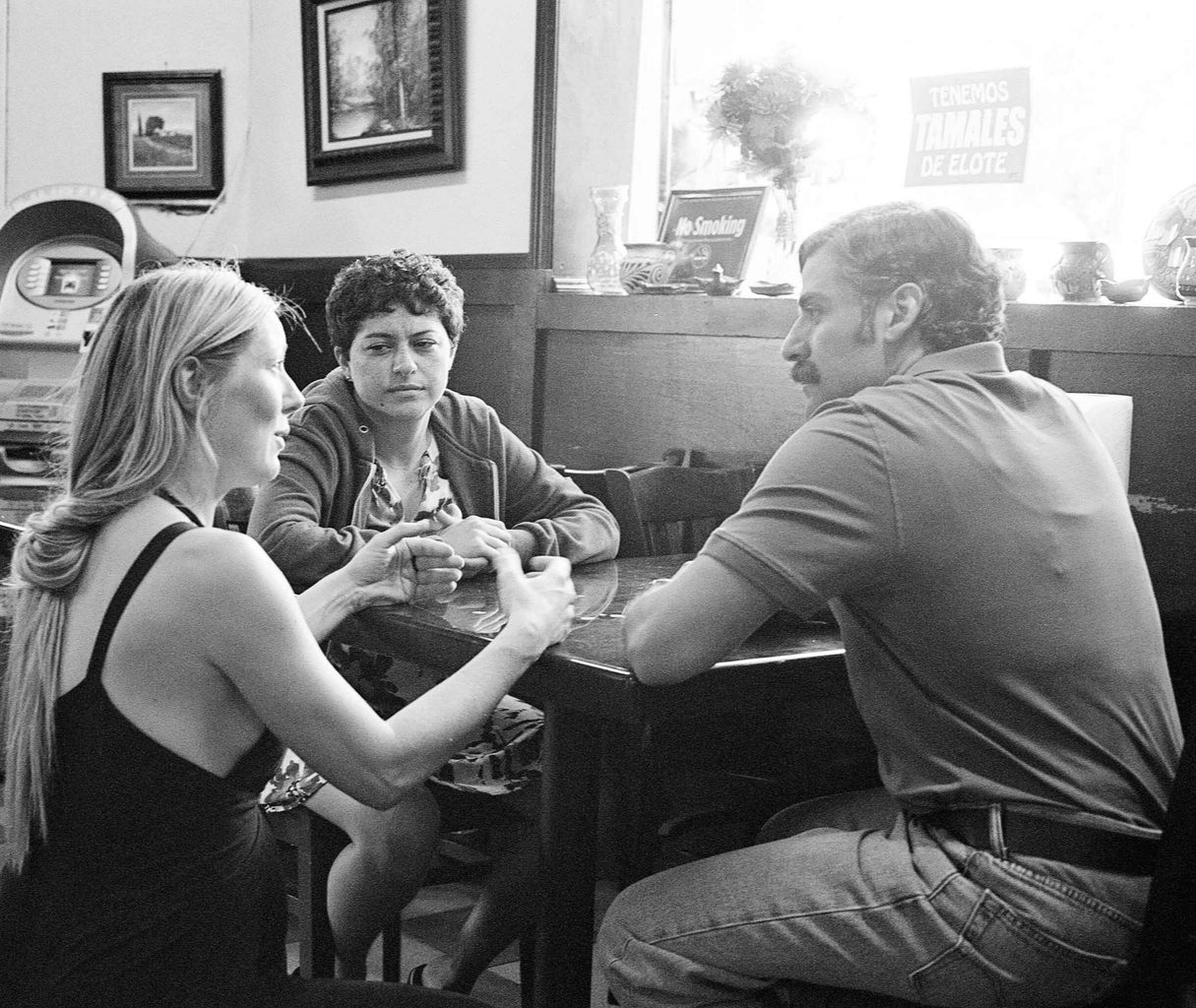
What was it like working with actors for the first time?
That was one of the biggest challenges for me. I’ve heard so many different stories in passing of the least helpful note or worst thing to say to an actor. You want to be respectful and actors have their way of working. Ultimately, they are all really talented actors and all of them came with so much energy and a lot of ideas.
I spent time with each of them talking about their character. Those 1 on 1 conversations helped me a lot in the writing process as well because you’re bouncing ideas off of each other and they’re asking you questions about how they would respond to a certain situation.
I had always imagined Alia Shawkat as Rosita and she ended up wanting to do it and came from LA to film it. I had tears in my eyes when we were filming the scene of her and Oscar. They were excited to do the scene together. It was all a dream.

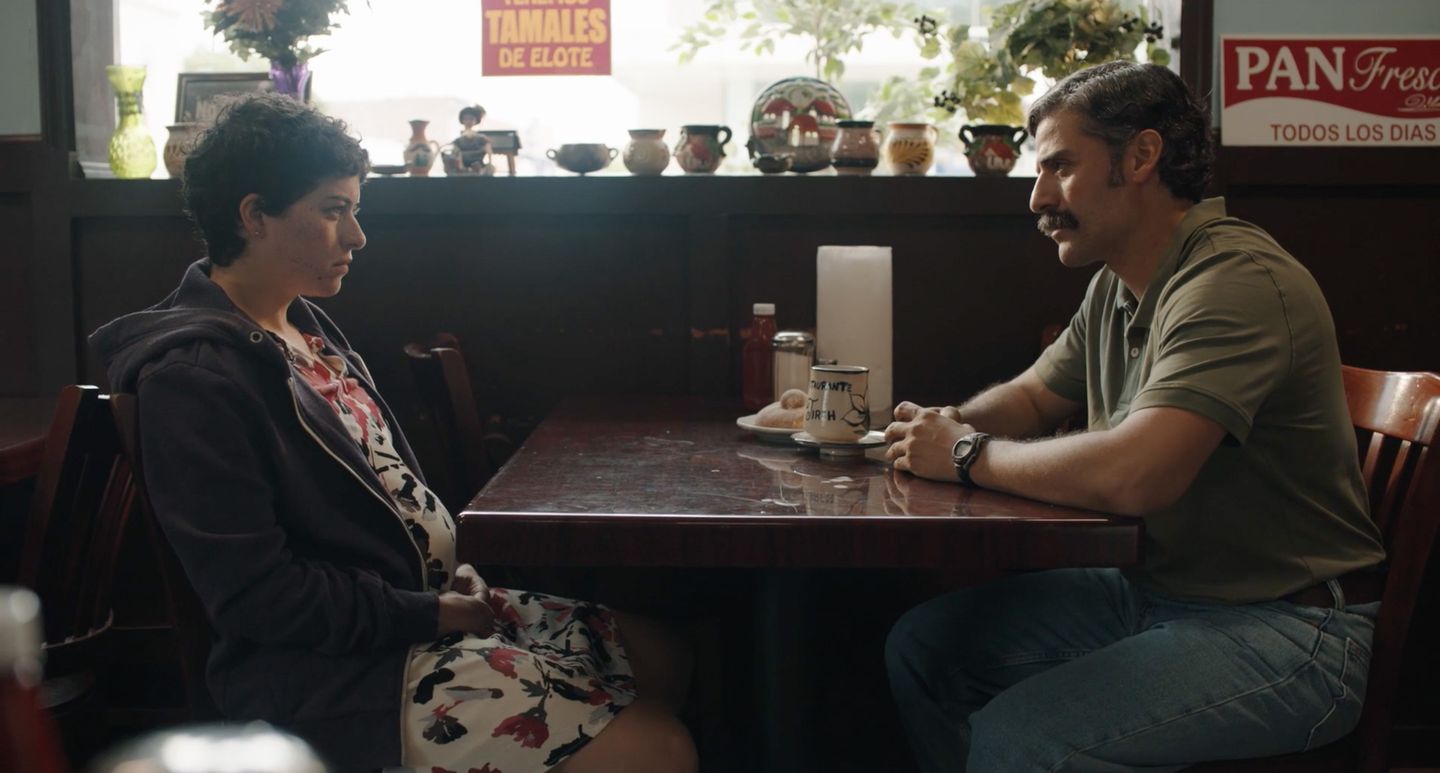

What was the experience of working creatively alongside your partner like?
We were joking a lot about it before because there was already the stress of being so pregnant and we have a 2 year old at home, and now I was putting us in another highly intense and demanding situation. Either it was going to be great OR we would drive each other nuts. But we had so much fun. It was wonderful to work together. I was so happy to be on set and make my film and he’s just so talented and fun to be around. Those little moments where you know each other so well—I’d give him notes and he just kept surprising me and was so respectful of my directions.
He found this photo for him to connect to the character and it became very fundamental to me. It was this incredible black and white photo from the 70s of a prison guard. I had always imagined that he would have this inner salsa soundtrack playing in his soul and we would play Rubén Blades and 70s salsa music and Oscar just morphed that into music into everything and created this unique character.
And he was wearing a fat suit the entire shoot and I was pregnant and Alia Shawkat had her pregnant belly on. The three of us—it was so funny.

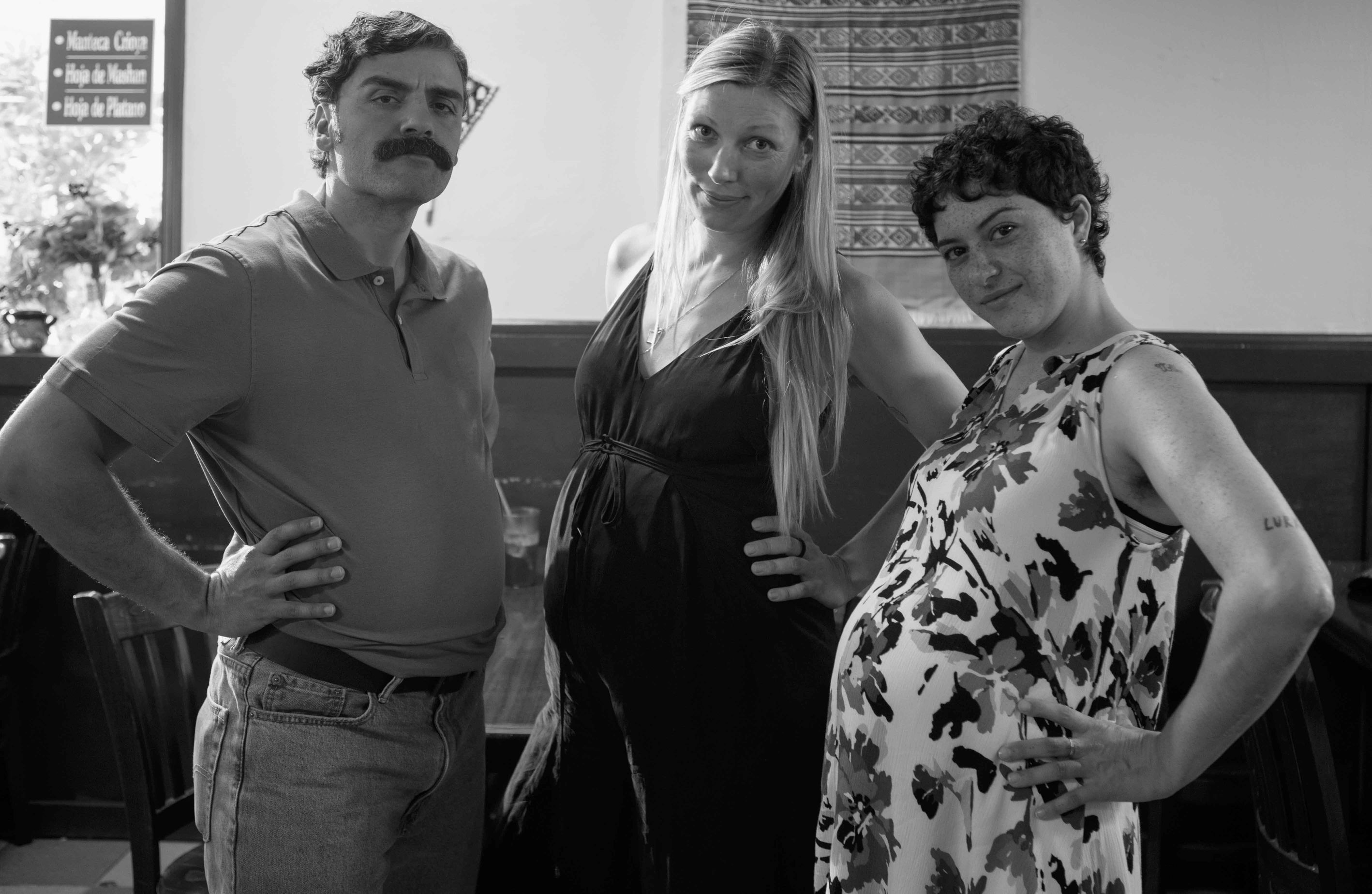
It seems like the perfect first experience of going into narrative with people that you really trust and support you.
Definitely! Find the people that you can team up with that really believe in your vision and who will push you to do exactly what you had in mind. People who never try to push you into these conventional routes. Our creative voices are so fragile. You want to be on the same page so that they see what you’re trying to do and want to bring that out of you. Where they’re treating your film as a sacred thing that you’re creating together.
How do you know when a film is done?
Fiction is very different from documentaries. With documentaries, it never feels like it’s done because there are so many options. That’s also why I love fiction so much; It’s so much faster. It’s a whole different beast to tame a documentary with hundreds of hours of footage where you’re reinventing the wheel every day.
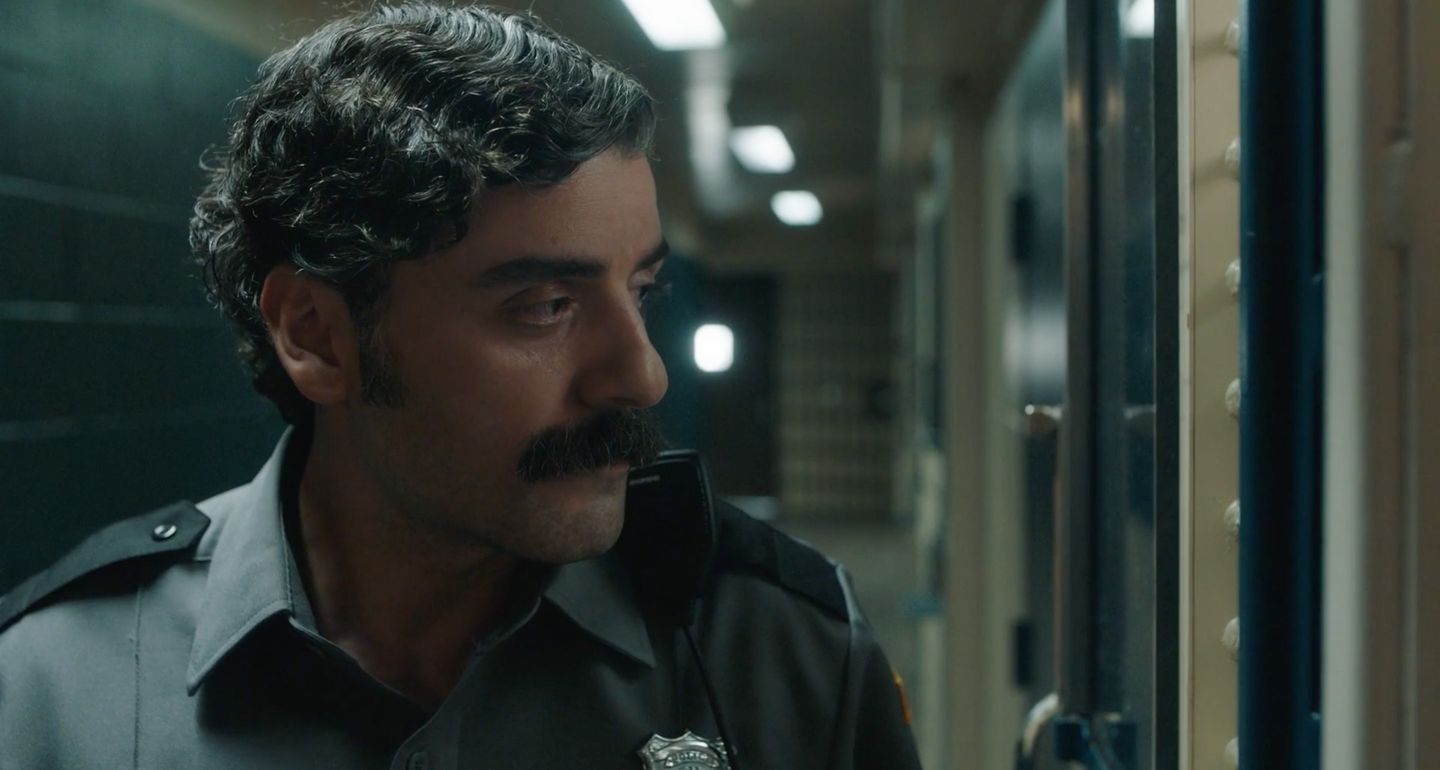

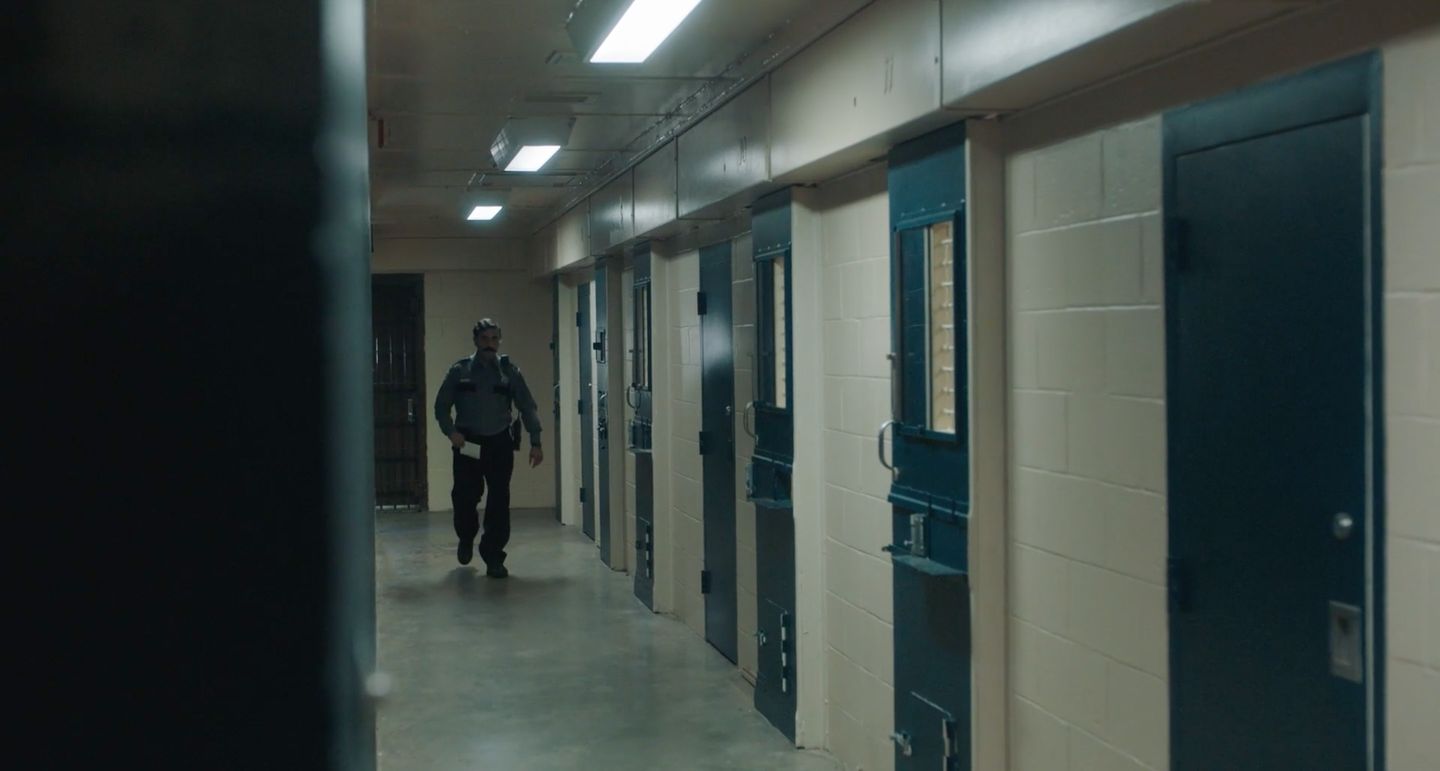
How have you built up your own confidence as a director and your unique voice?
Stubbornness. I’ve had many experiences working with people who didn’t believe in my project. You have to stick to your guns and trust your instincts. Once you find your voice, you find people that want to go on that ride with you and find your vision interesting. It’s a miracle when any of us gets a project made, so your confidence can’t come from how much money your movie made. It has to come from somewhere else. Did you do justice to the people you portrayed in your story? Did anyone walk away feeling like something had changed within them?
What is a good director to you?
Someone who is driven with passion without letting that passion take over and become any source of frustration that’s taken out on other people. It should feel like a collaborative effort. And having gratitude every day that you’re making something with other people who are donating their time. You’d be nowhere without them. One of the most important things is making sure that your crew is treating everyone equally. It depends on the size of the production, but having someone who can sense what’s happening in all different departments and having department heads that are there to protect everyone. Listen to each other, and make sure everyone feels safe and is in the best place to be creative.
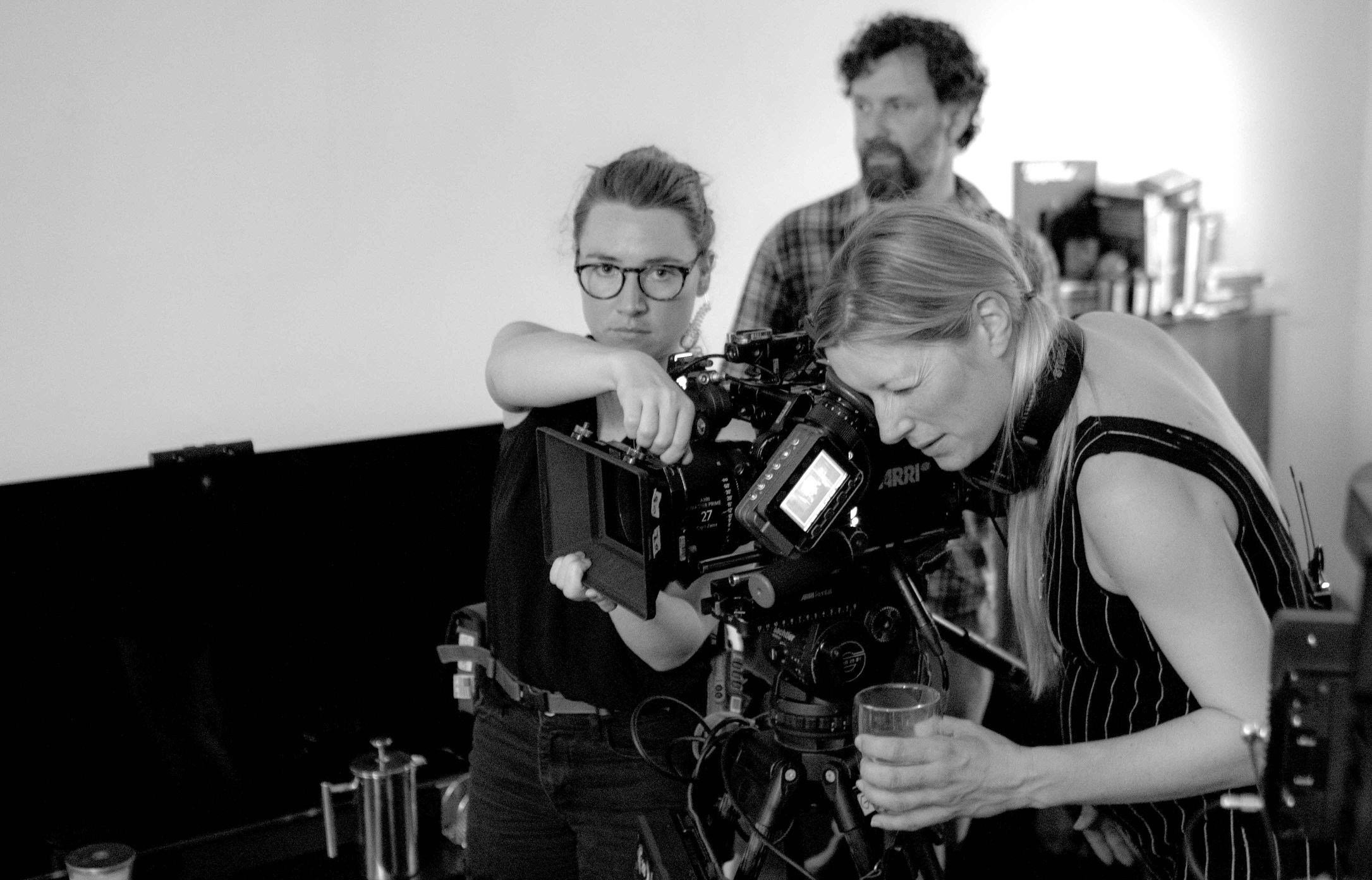
With COVID, what has the adjustment been like to being in an online space for this festival run?
I’m really deeply saddened by not having the human interaction aspect of it. It feels so crucial to be in the room together, to meet and see each other's projects and share the experience, to cry and laugh next to people you don’t know. I’m grieving to be honest. We just gotta get through this time. It reminds us of how sacred it is for us to gather and how that feels, and I hope that all of that will come back after this and that cinemas will survive. We really need them.
What’s next for you?
Right now I’m writing more fiction and working on a new documentary feature that I am kind of researching and shooting at the same time. I am also creating a podcast about sex, called “The List” with my friend, writer and photographer Kirra Cheers, based on a book and play she wrote. My husband and I just started a production company together, Mad Gene Media, in order to develop and produce our own material. So. lots of exciting things to continue with in the new year.
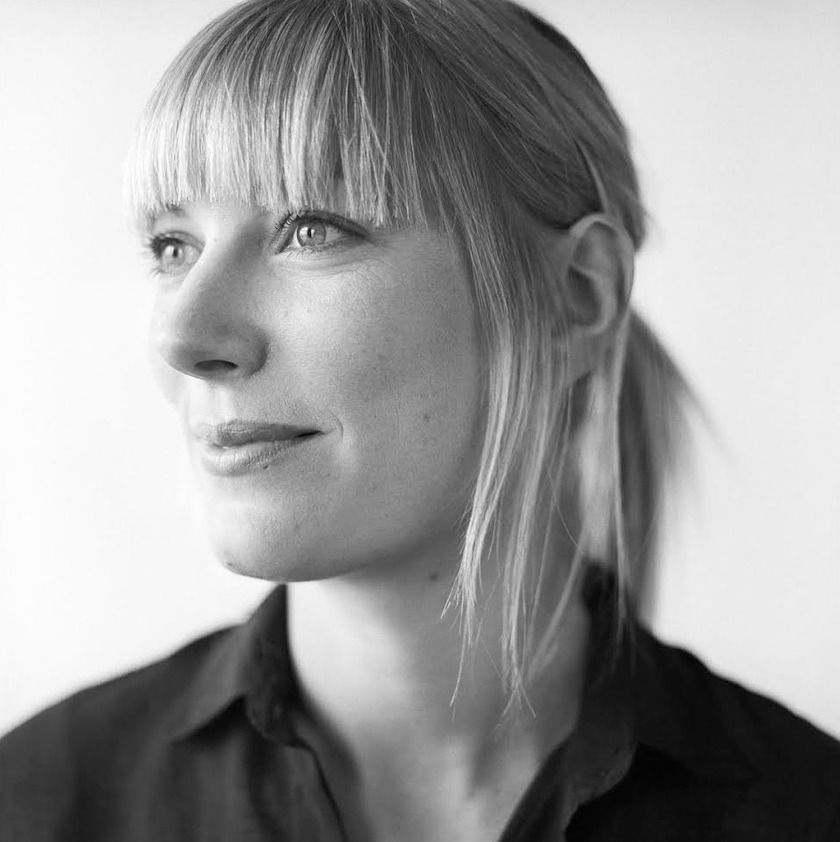
Elvira Lind
Born in 1981 in Copenhagen, Elvira Lind graduated from School of Media and Creative Arts in Cape Town in 2006 majoring in documentary film where she received two awards for her final year achievements. She has worked within that field since directing and shooting documentaries of various lengths for TV, cinema and web on 4 different continents.In 2020 she premiered her first fiction project, a 32 min short film she wrote and directed. The film was sold to Topic and was invited to various festivals including Telluride and Tribeca FF. Elvira's feature doc BOBBI JENE premiered at Tribeca Film Festival in 2017 where it won all awards in its category including Best Feature documentary, best editing and best Cinematography. The film had theatrical release in US, Spain and Scandinavia.Elvira's first documentary feature Songs for Alexis premiered at Toronto HOT DOCS in 2014 and screened and competed at a long list of international festivals. Her 8 part documentary TV series "Twiz and Tuck" was bought by VICELAND and launched in 2017. Elvira now lives and works out of New York.
María Alvarez
María Alvarez is an internationally recognized Cuban-Dutch filmmaker. She graduated from the University of Southern California with a BFA in Film & Television Production in May 2019. Her passions are centered on raising awareness for diverse female stories about sexuality, identity, and coming of age. Her films have screened at dozens of festivals such as the Los Angeles Film Festival and Cleveland International Film Festival, won awards from institutions such as Google, and screened in museums like MoMA. Her short film, "Backpedals", screened at the 2018 Festival de Cannes in the Court Métrage and was a finalist in the 2018 Horizon Awards, an all-female Sundance sponsored fellowship. She is a YoungArts alumna and is featured on the 2018 YBCA 100 List. She worked as a Director’s Assistant to Benedict Andrews on Seberg, starring Kristen Stewart and shot by Rachel Morrison. She is in the festival circuit with her senior thesis film, "Party of Two", which premiered at Outfest Fusion. She is currently the Creative Editor at FREE THE WORK, the global talent discovery platform for underrepresented creators founded by director, Alma Har’el.
